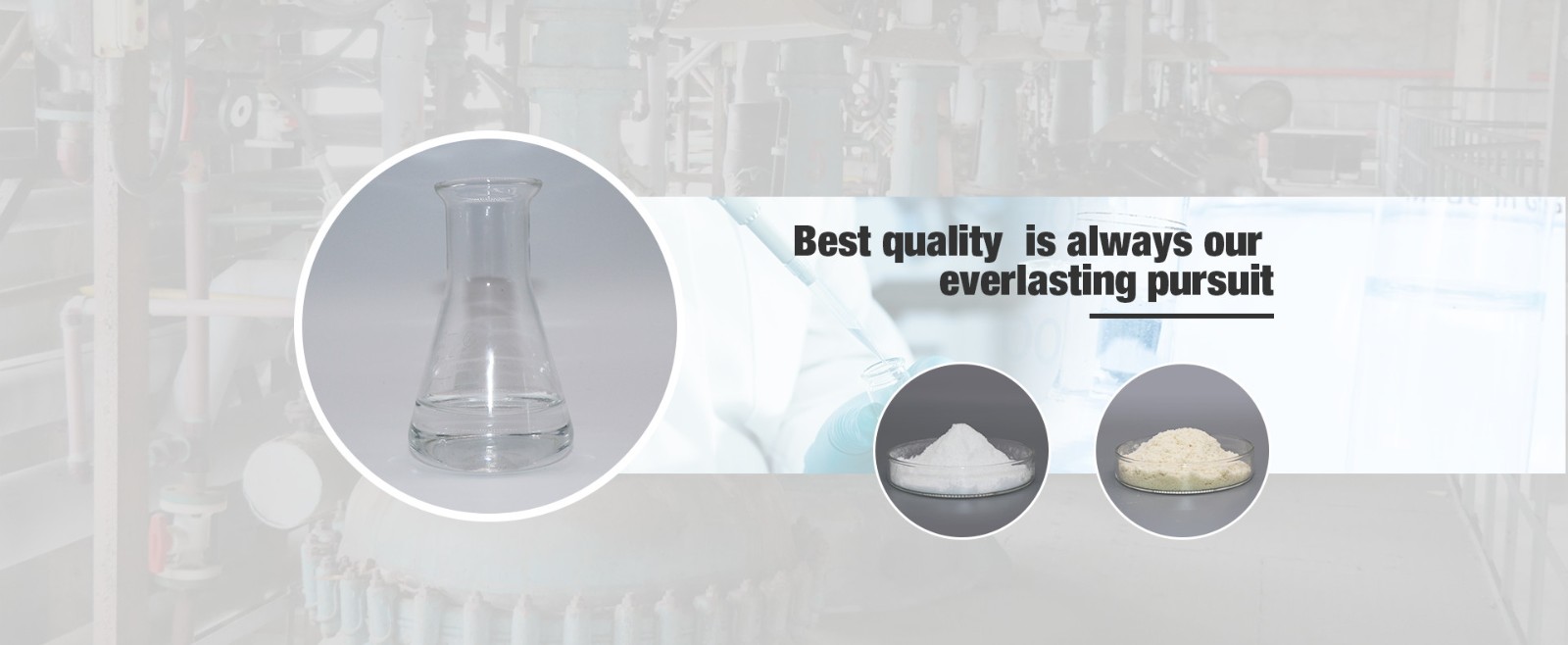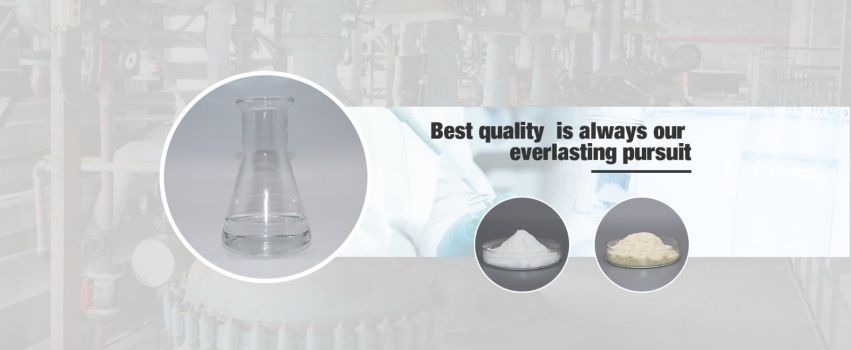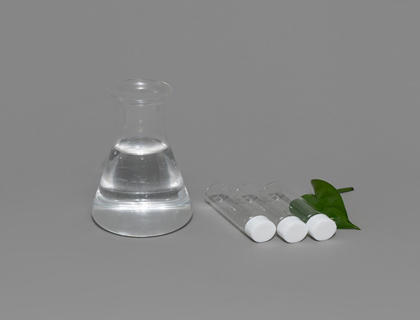How Can You Tell the Quality of Nutmeg?
Apr. 13, 2023
Nutmeg is a spice widely used in cuisines around the world. It has a warm, sweet flavor and a strong aroma that can enhance the taste of many dishes. However, not all nutmeg is of the same quality, and it's important to know how to differentiate between high-quality and low-quality nutmeg to ensure that you get the best flavor and aroma possible. In this article, we will discuss several factors that can help you determine the quality of nutmeg.
Origin
One of the most important factors that determine the quality of nutmeg is its origin. Nutmeg is grown in many countries, including Indonesia, Grenada, Sri Lanka, and India. However, the best quality nutmeg typically comes from Indonesia, which is the largest producer of nutmeg in the world. Indonesian nutmeg is known for its strong aroma and rich flavor, and it is often preferred by chefs and food enthusiasts.
Appearance
The appearance of nutmeg can also give you an idea of its quality. High-quality nutmeg is typically uniform in color and has a smooth, unblemished surface. The color of nutmeg can vary from light brown to dark brown, but it should be consistent throughout the nut. If you notice any discoloration, spots, or cracks on the surface of the nutmeg, it may indicate that it is of low quality.
Size and Weight
Another way to determine the quality of nutmeg is by its size and weight. High-quality nutmeg is usually large and heavy, which is a sign that it contains a high percentage of essential oils. Essential oils are responsible for the strong aroma and flavor of nutmeg, so the more oils a nutmeg contains, the better its quality. Small and lightweight nutmegs are often of lower quality and may have a weaker flavor and aroma.
Aroma
The aroma of nutmeg is one of its most important qualities. High-quality nutmeg has a strong, sweet, and aromatic fragrance that can fill a room. To test the aroma of nutmeg, simply crush a small piece of the nut and sniff it. If the aroma is strong and sweet, it's a sign that the nutmeg is of good quality. If the aroma is weak or has a musty or unpleasant smell, the nutmeg may be of lower quality.
Flavor
The flavor of nutmeg is another important factor to consider when determining its quality. High-quality nutmeg has a sweet, warm, and slightly bitter flavor that can enhance the taste of many dishes. To test the flavor of nutmeg, you can grate a small amount of the nut and taste it. If the flavor is rich and complex, it's a sign that the nutmeg is of good quality. If the flavor is bland or has a bitter or unpleasant taste, the nutmeg may be of lower quality.
Texture
The texture of nutmeg can also give you an idea of its quality. High-quality nutmeg is firm and dense, with a smooth and even texture. When you touch the surface of the nutmeg, it should feel solid and not give way under pressure. If the nutmeg feels soft, crumbly, or has a powdery texture, it may indicate that it is of lower quality.
Moisture Content
The moisture content of nutmeg can also affect its quality. Nutmeg that is too dry can have a weak flavor and aroma, while nutmeg that is too moist can spoil quickly and develop mold. High-quality nutmeg has a moisture content of around 10%, which is enough to preserve its freshness and aroma. To test the moisture content of nutmeg, you can press it with your fingers. If it feels dry and crumbly, it may be of lower quality.
-

Qinmu's CPHI China 2025 Exhibition Ends Perfect
Jul. 01, 2025
-

CPHI & PMEC China (Shanghai) 2025 --- we are coming!
Mar. 14, 2025





















